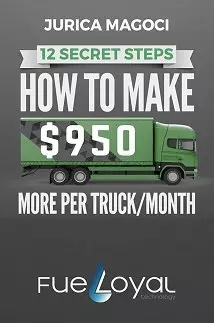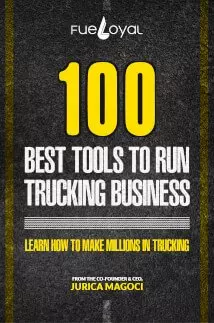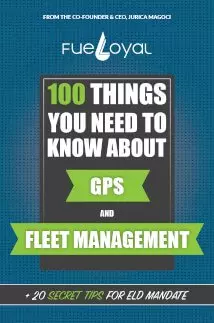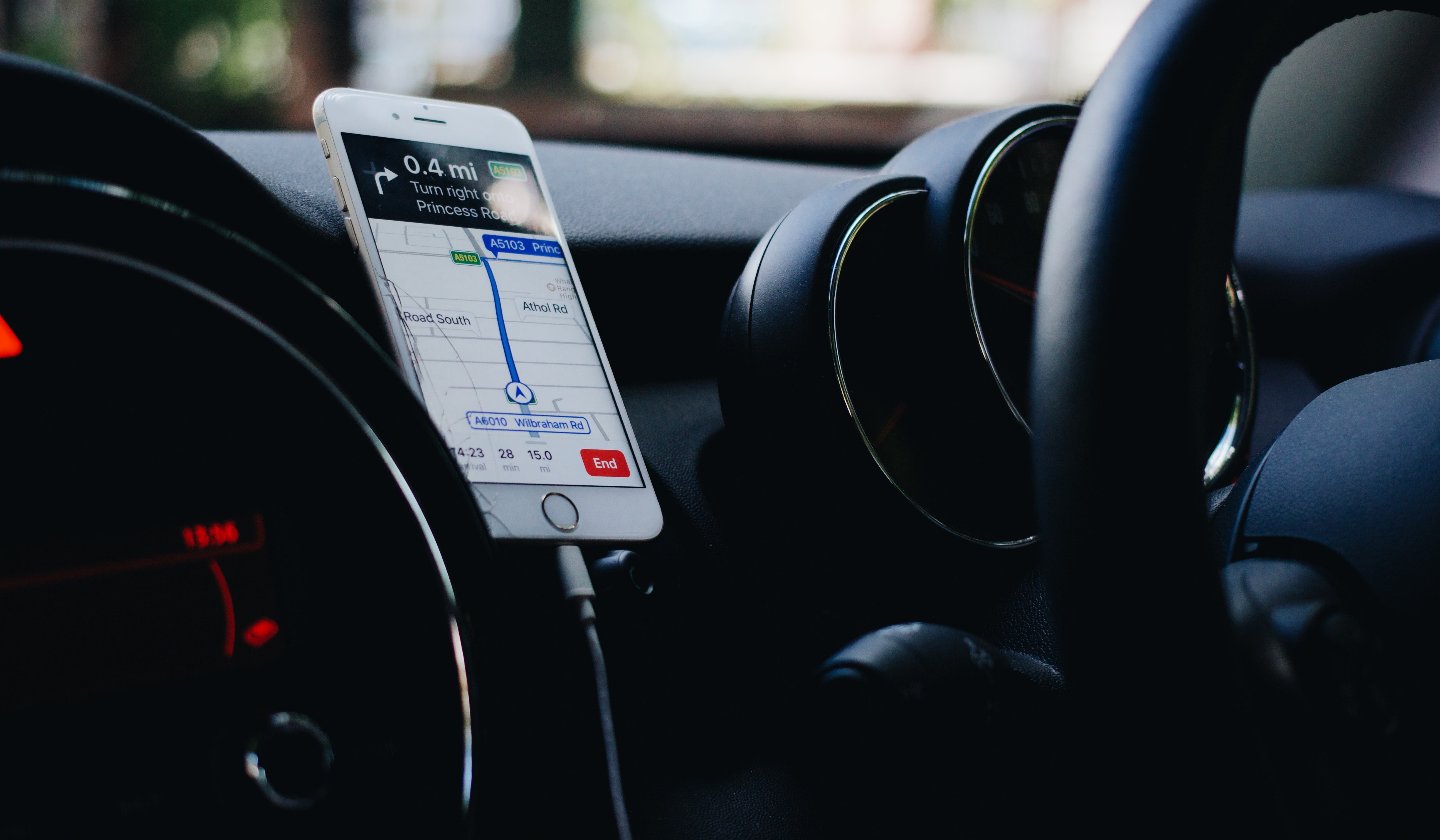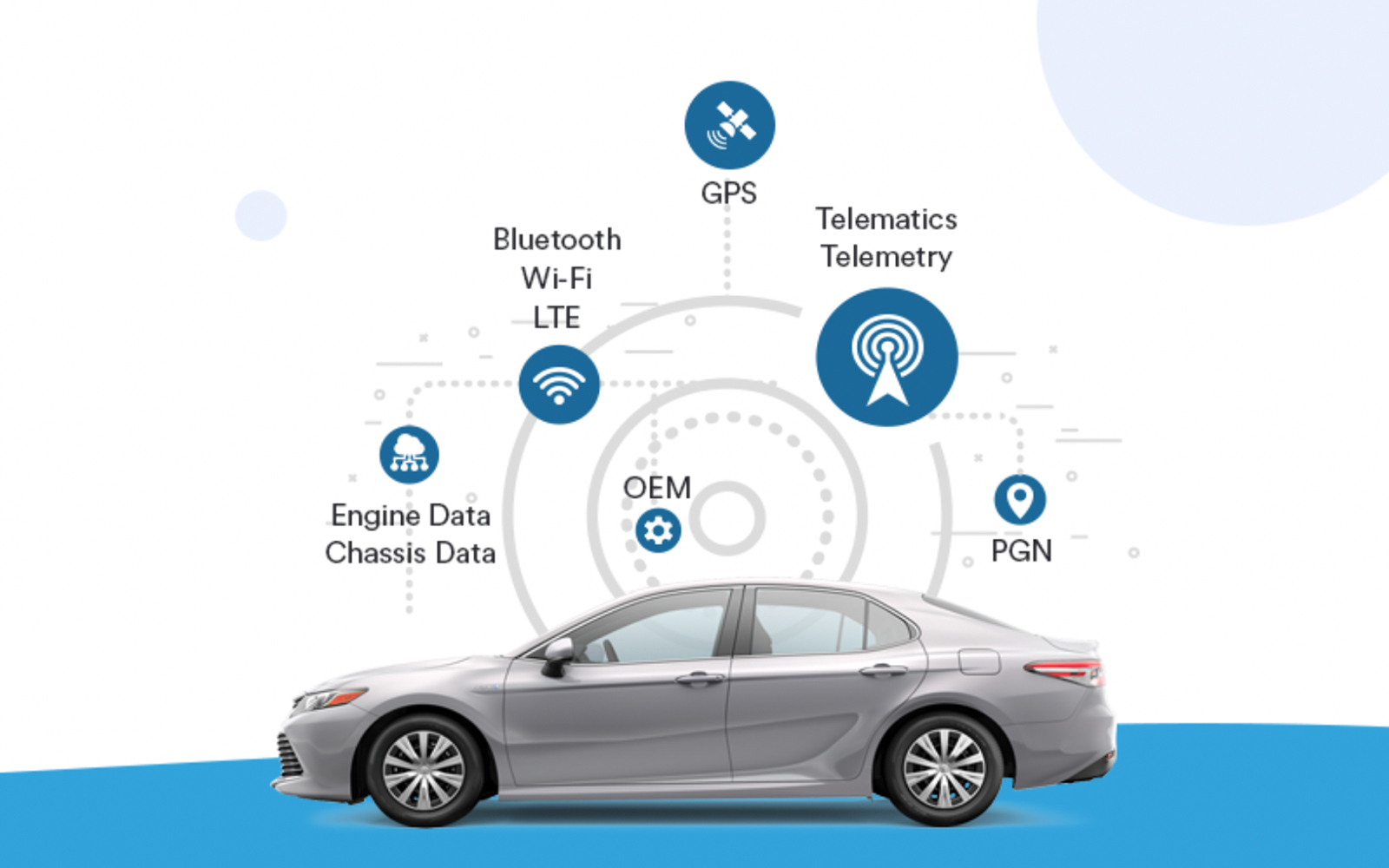On the other hand, the rookie will see it as yet another thing that has to accomplish and obey in order to become an experienced truck driver one day!
Nonetheless, that is neither here nor there! To put it in a different way, it all depends on the perspective you see things from!
100 Lessons On ELD Mandate
The United States Congress enacted the “Moving Ahead for Progress in the 21st Century” bill, also known as the MAP-21 ; in early 2012.
In that bill was also a provision requiring the FMCSA to develop a rule mandating the use of electronic logging devices.
This is how the idea for the ELD was born.
Following that, in December 2015, the Federal Motor Carrier Safety Administration (FMCSA), published the final electronic logging device rule, the ELDs mandate.
You’ve probably heard by now already, but every truck driver will be required to use electronic logging devices also know as ELD to track their hours of service (HOS).


